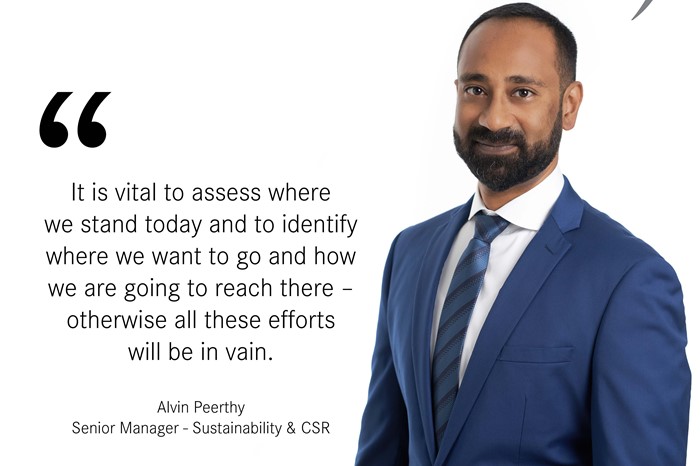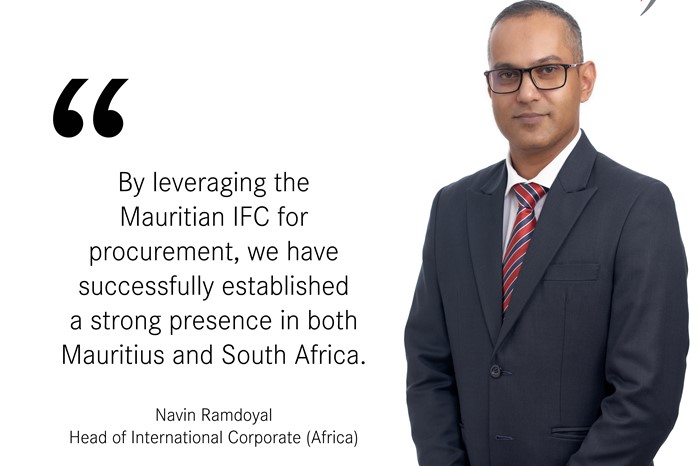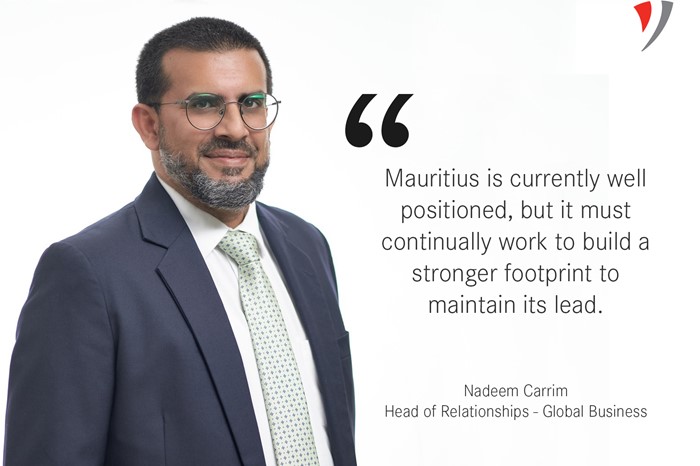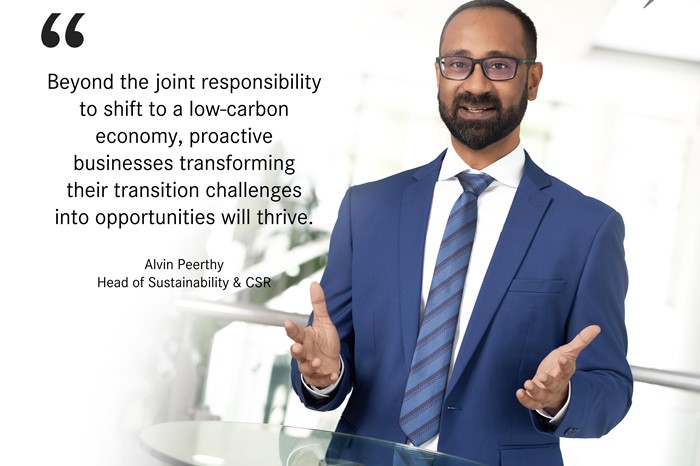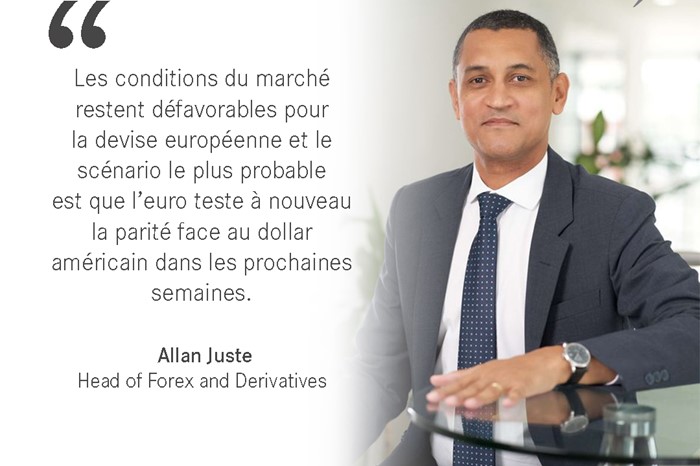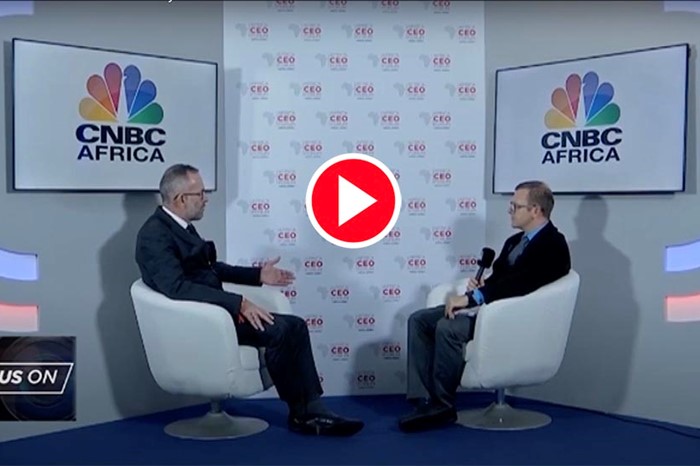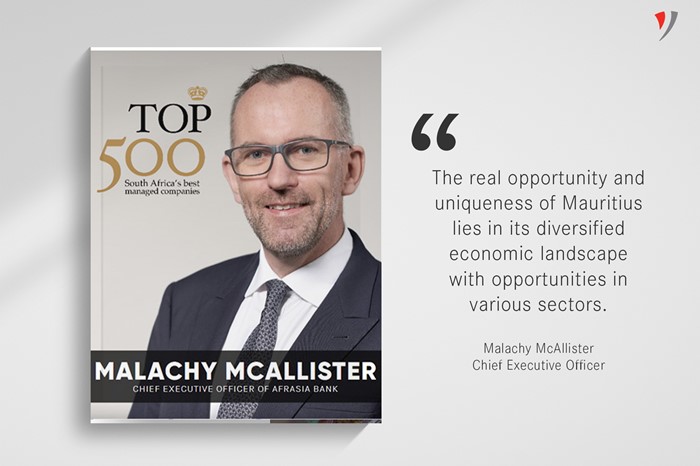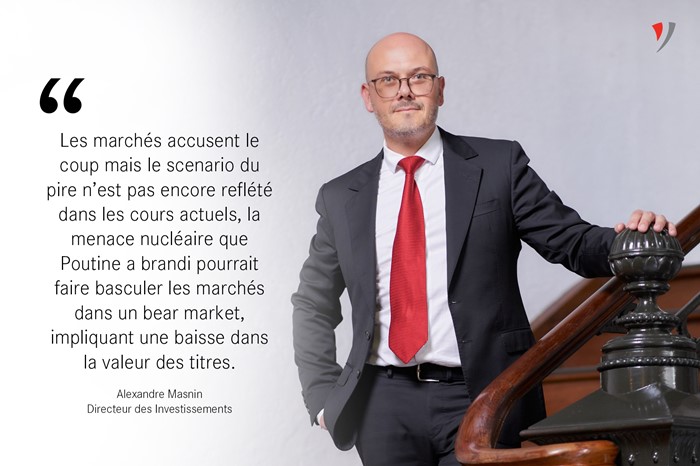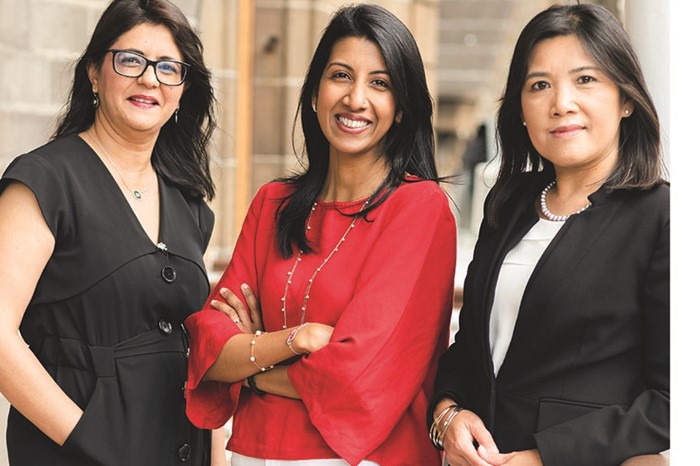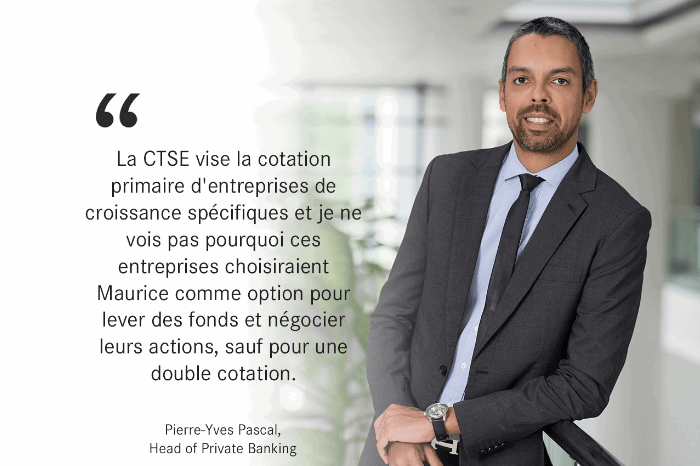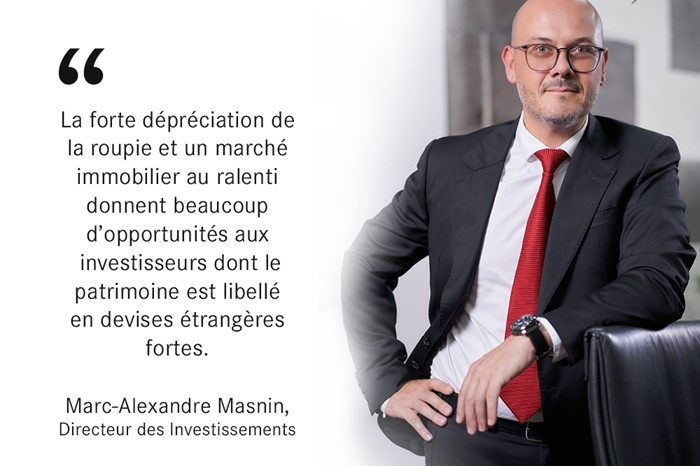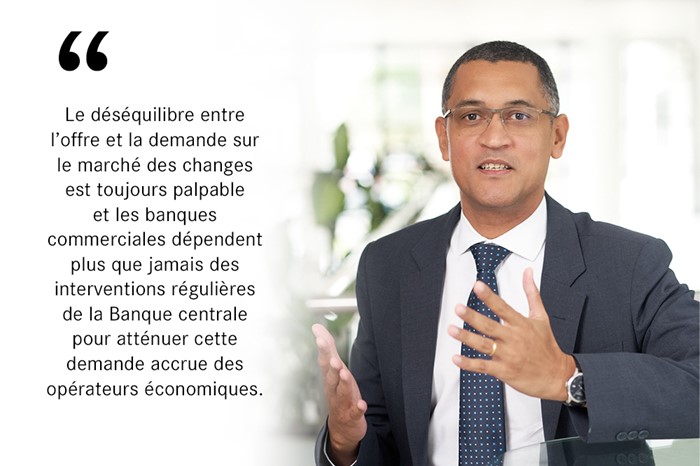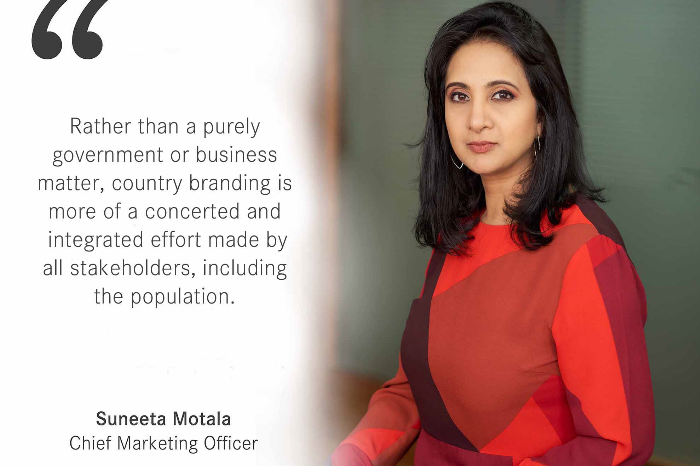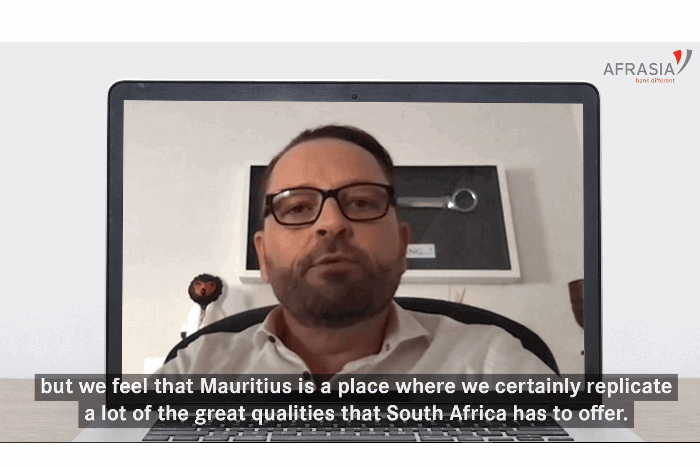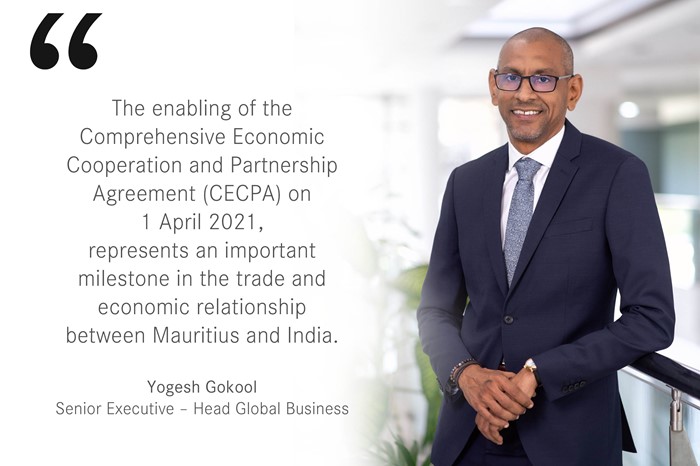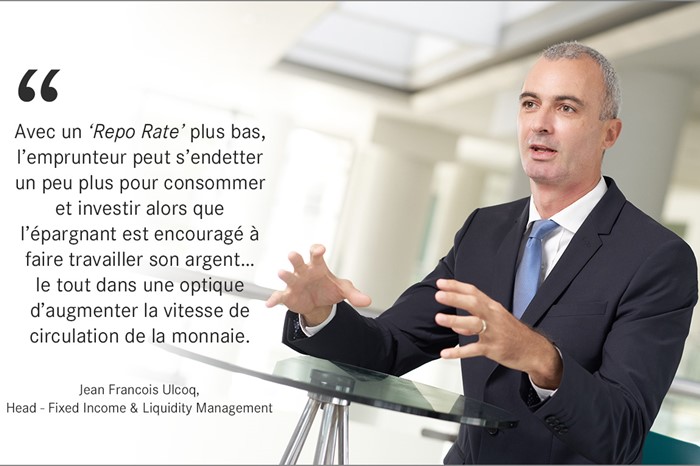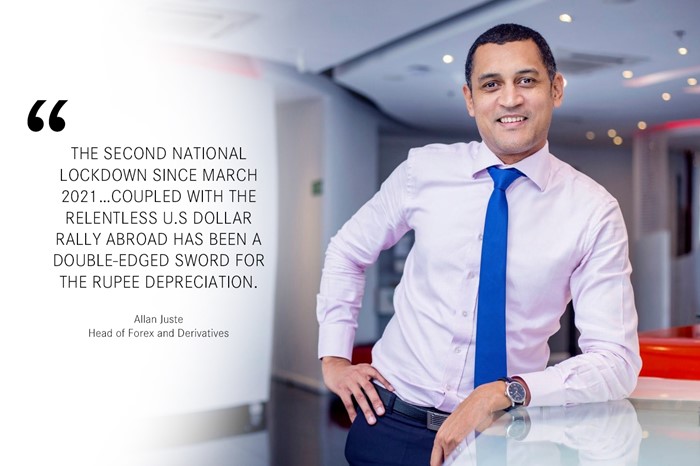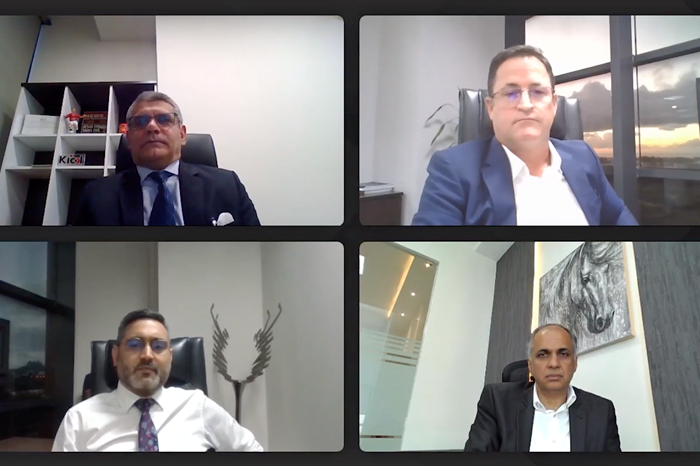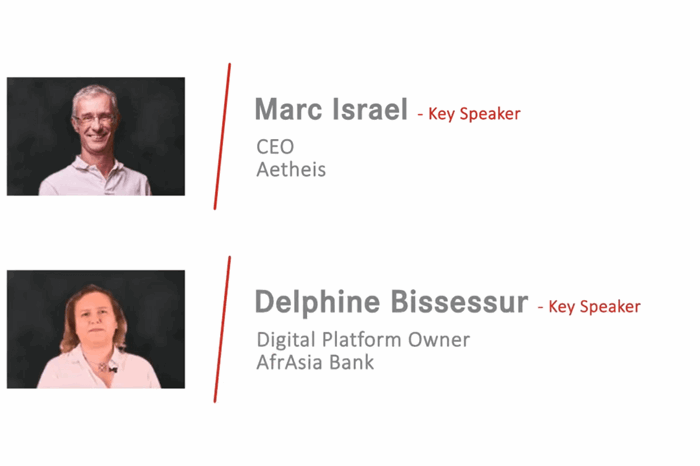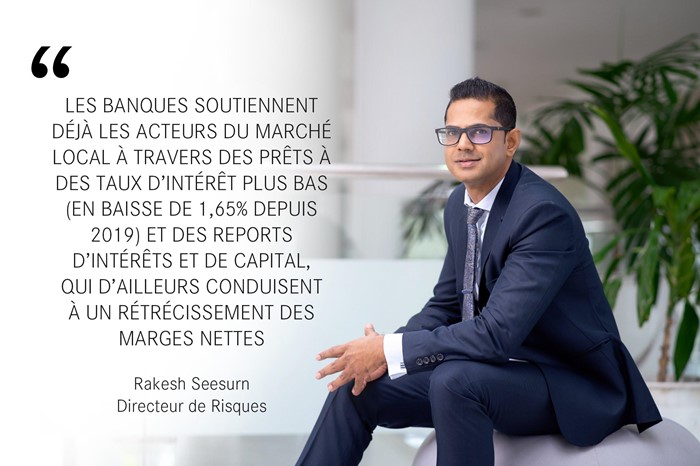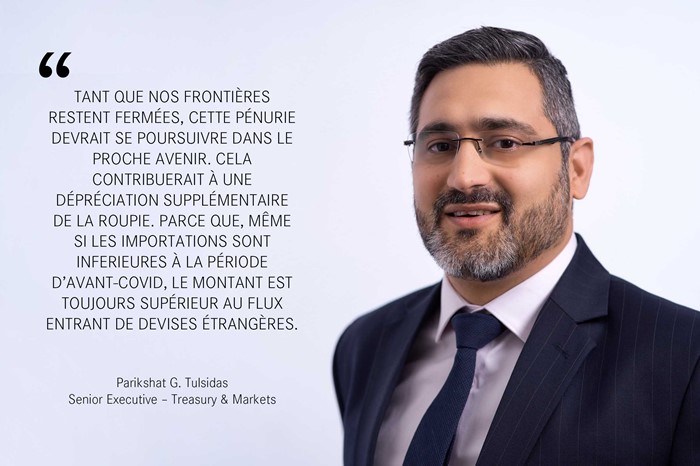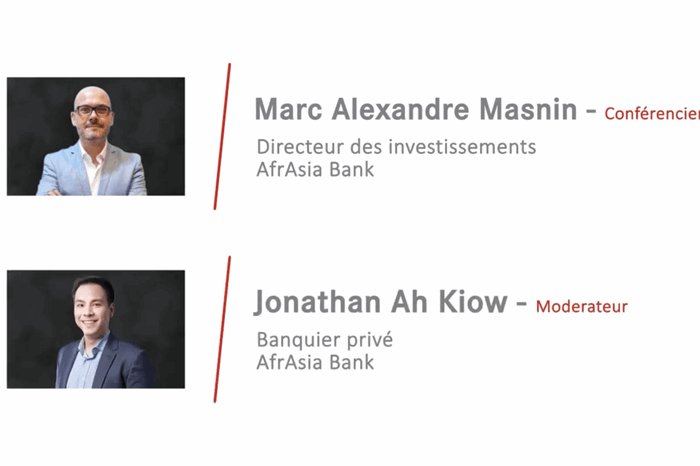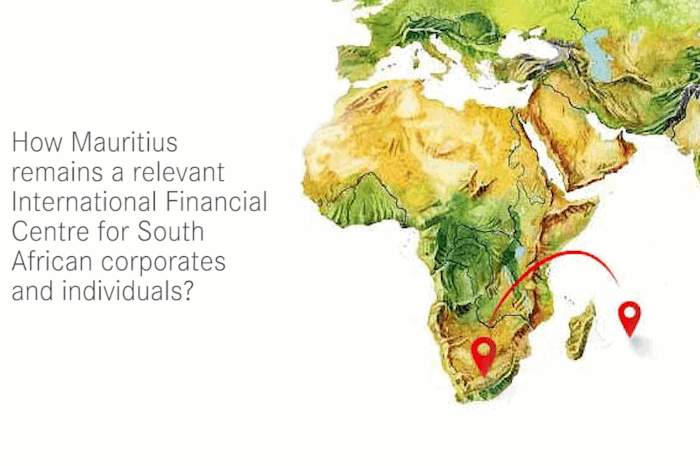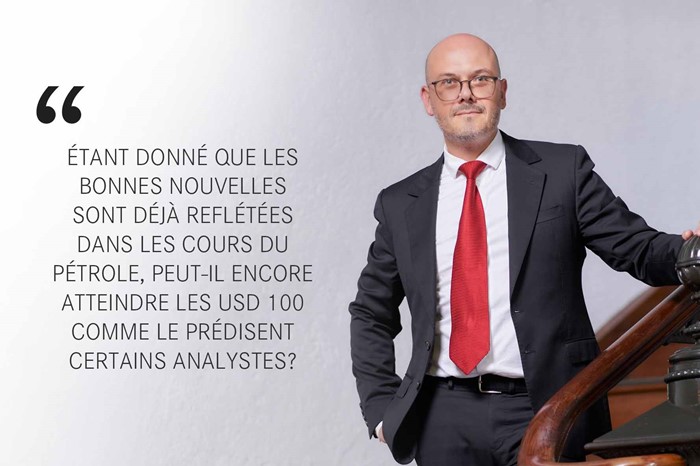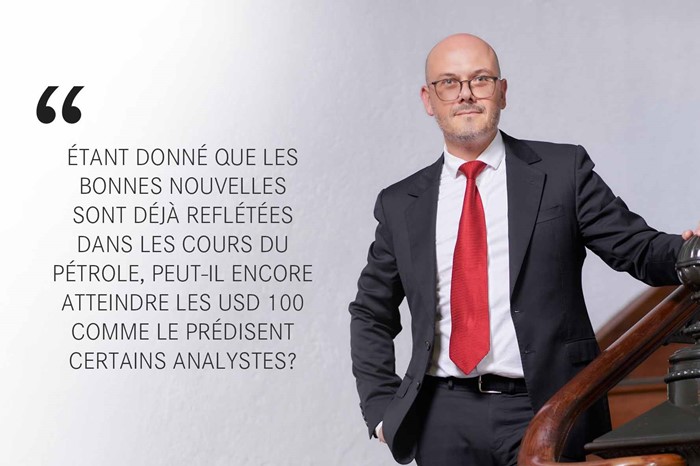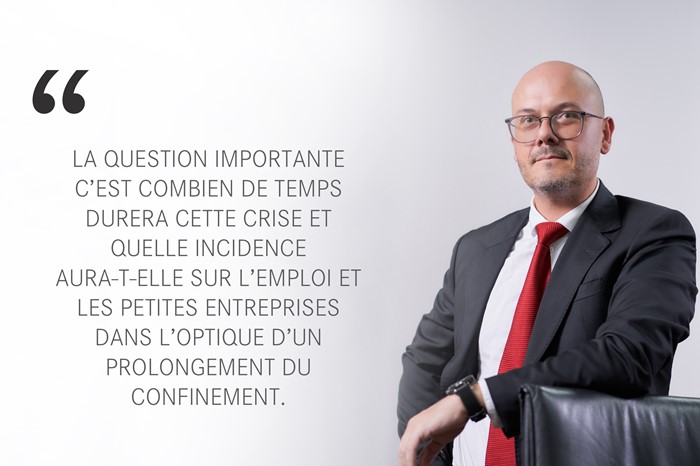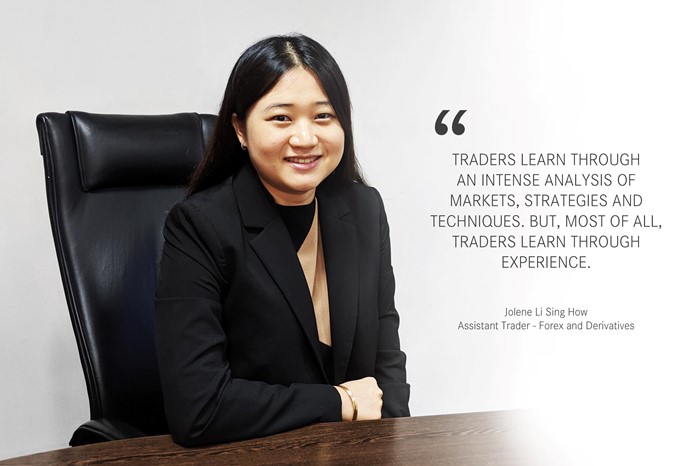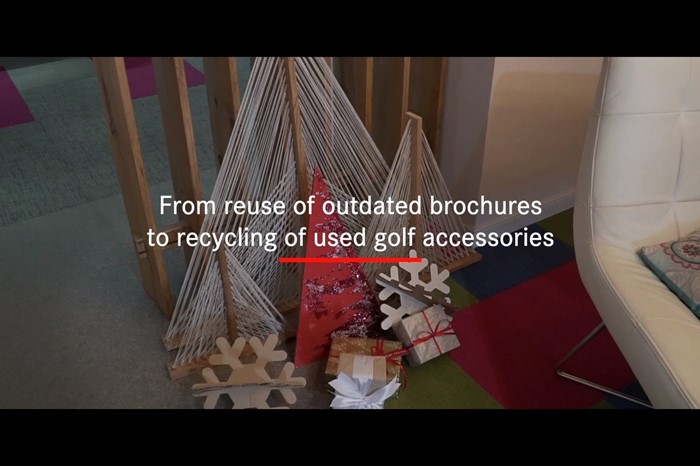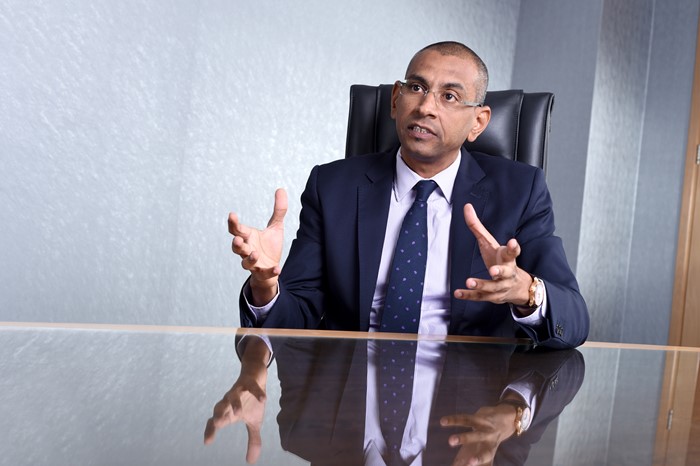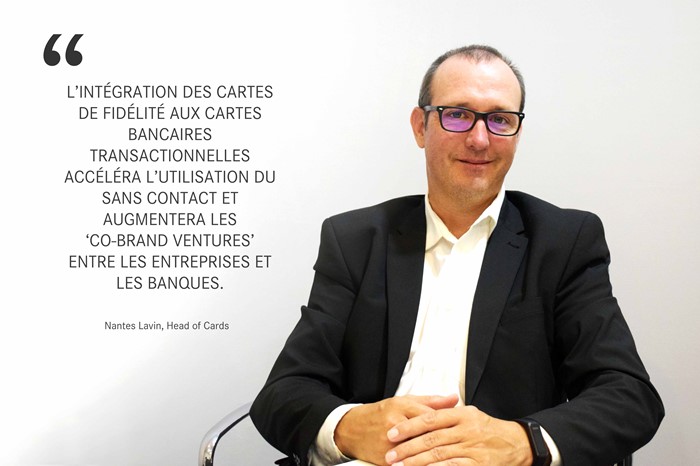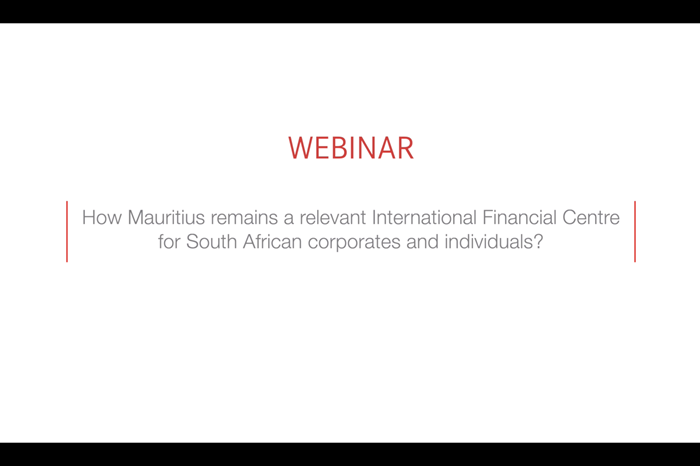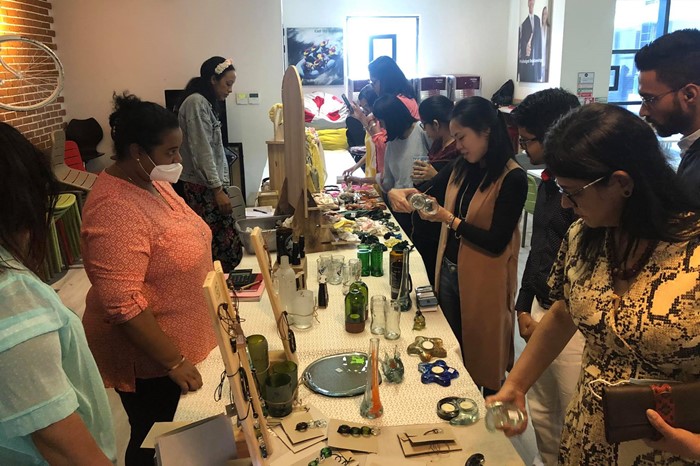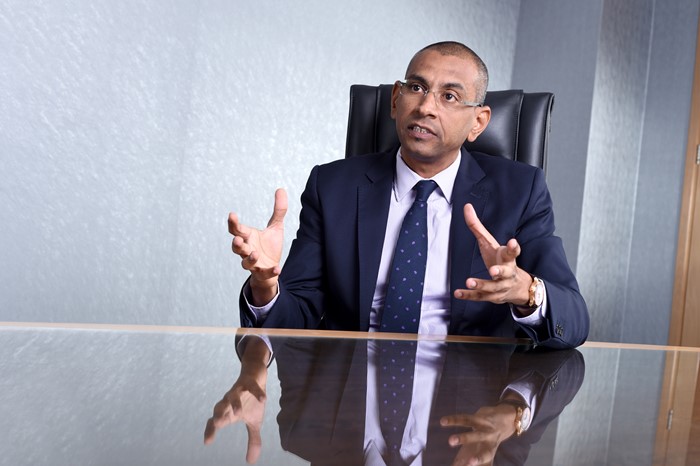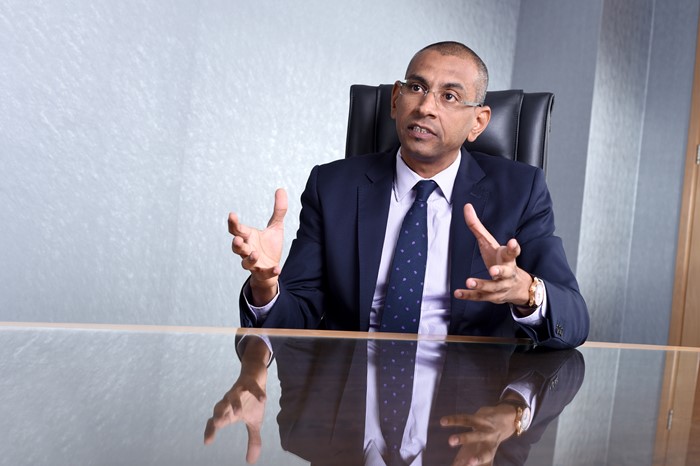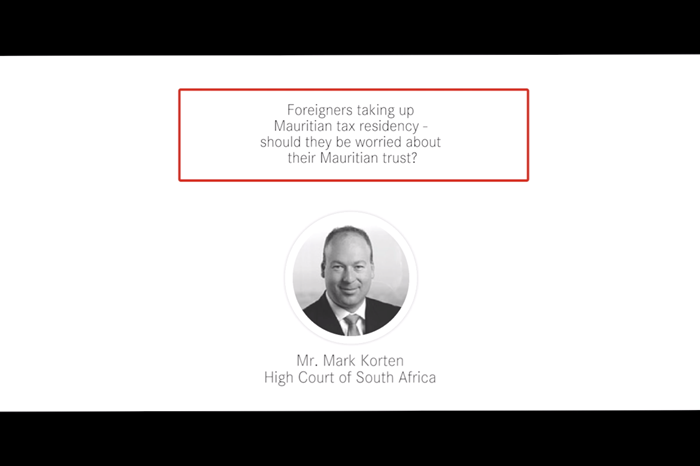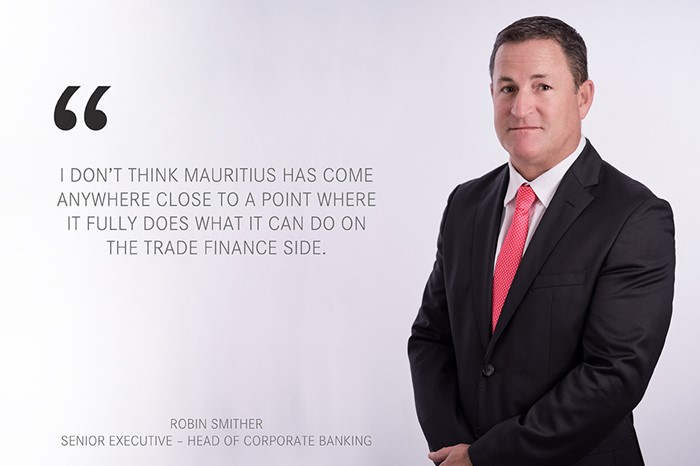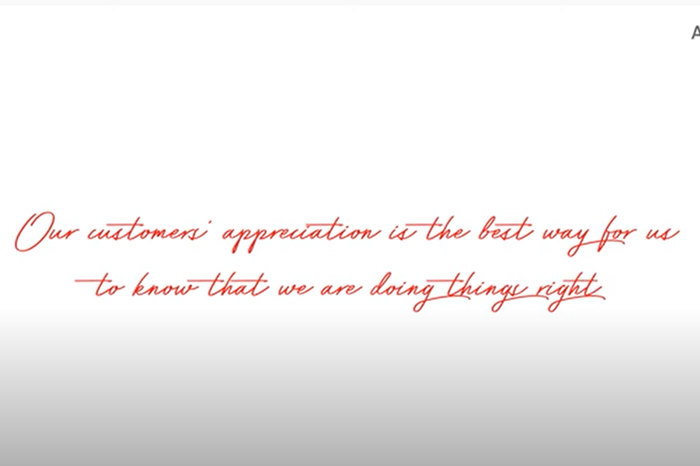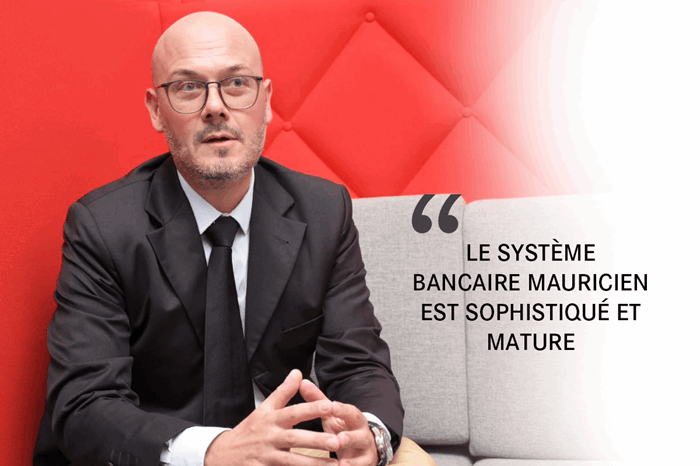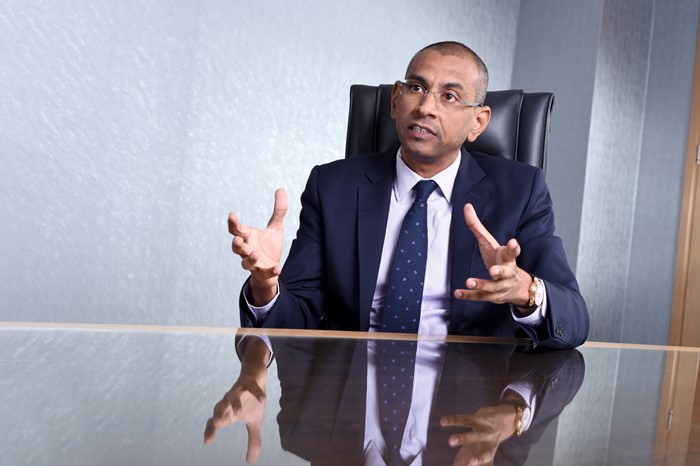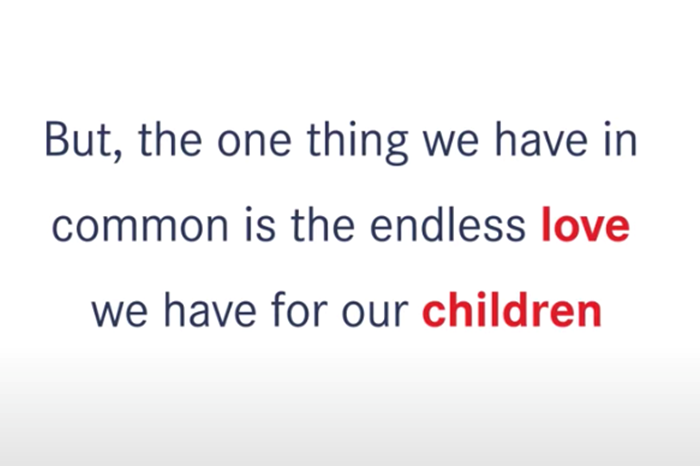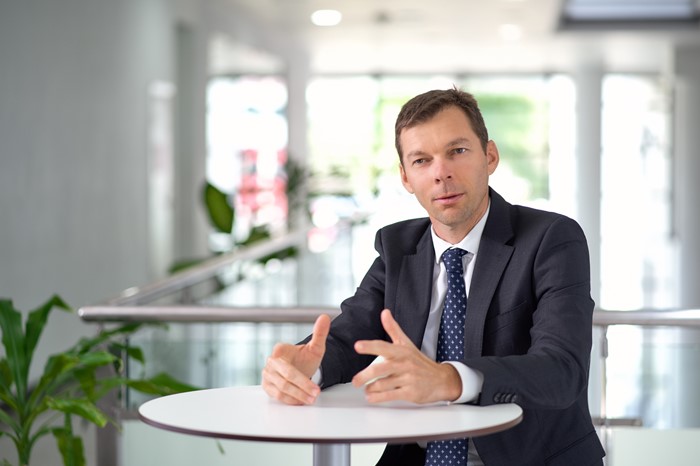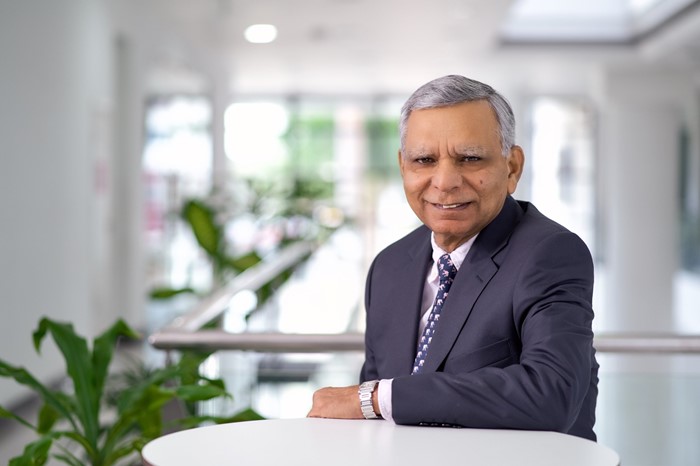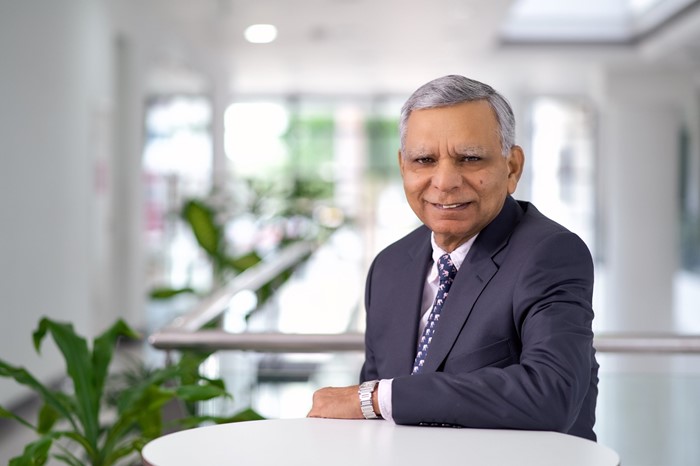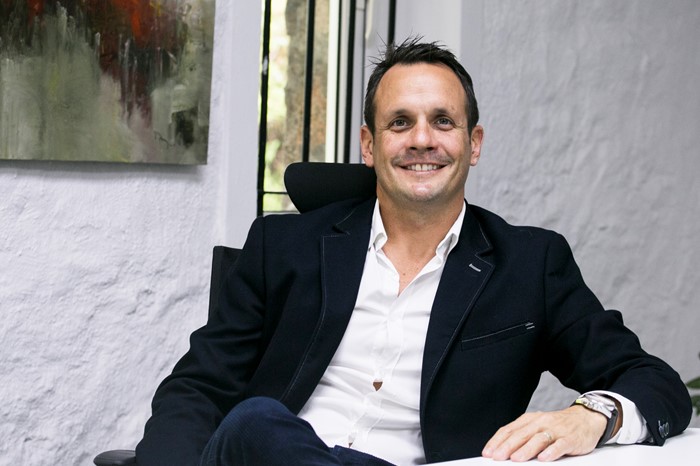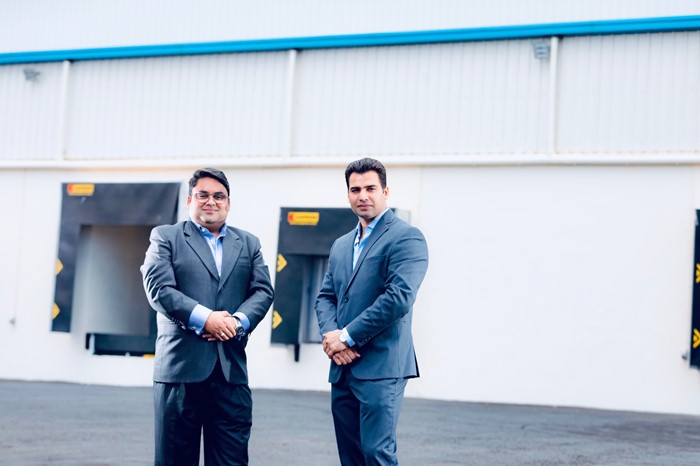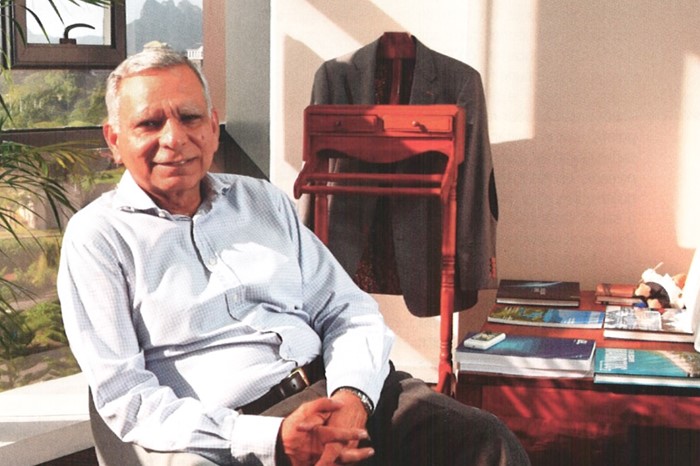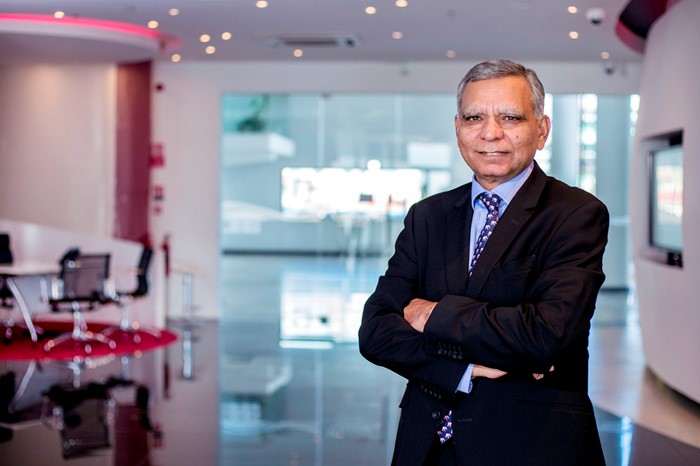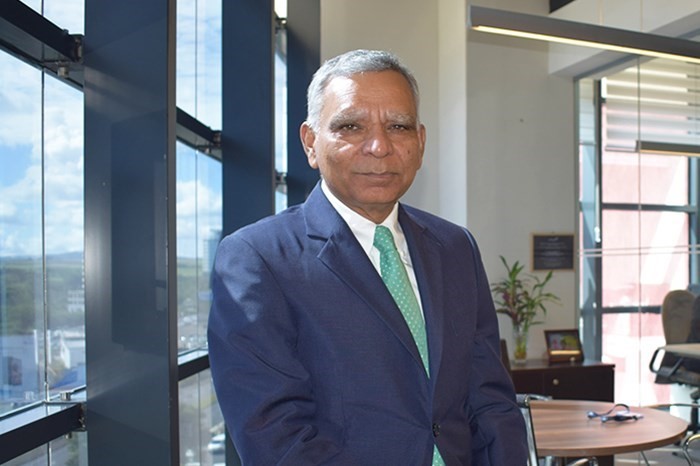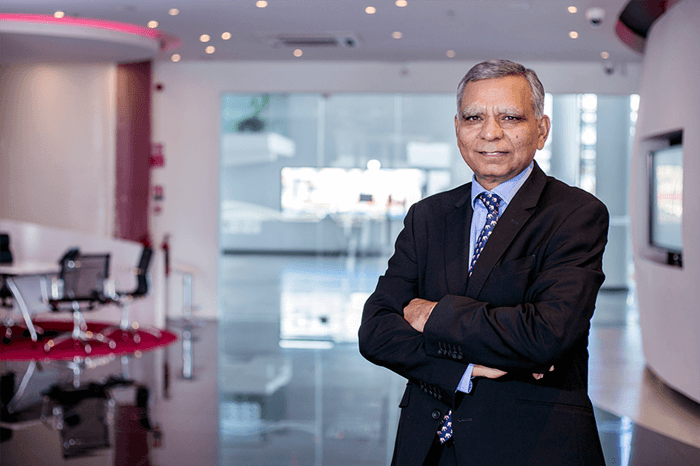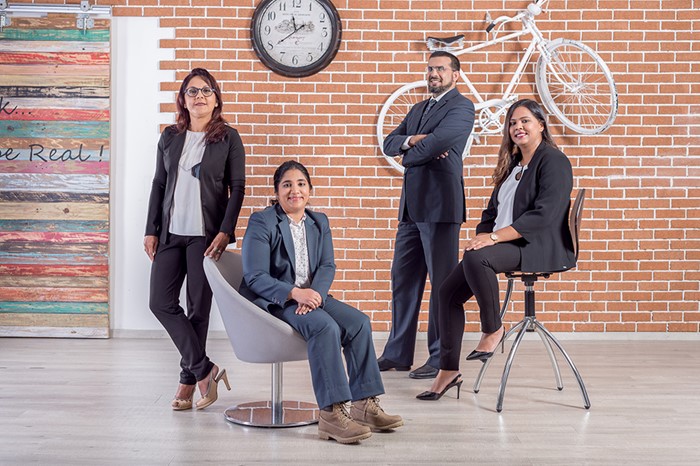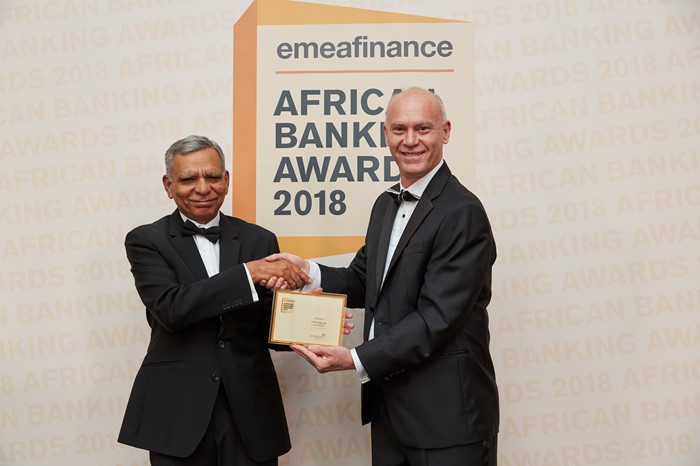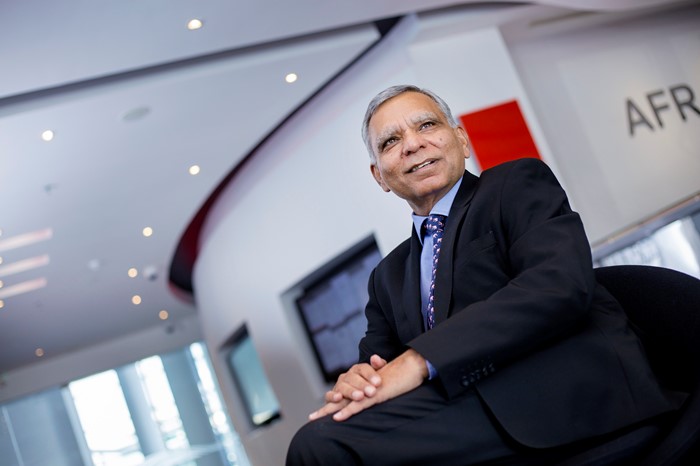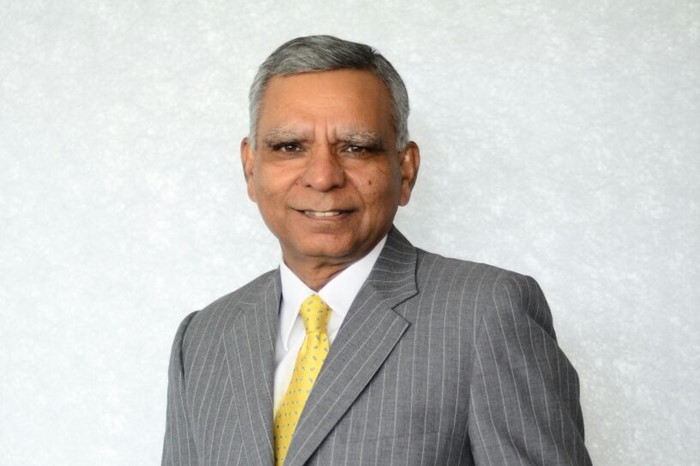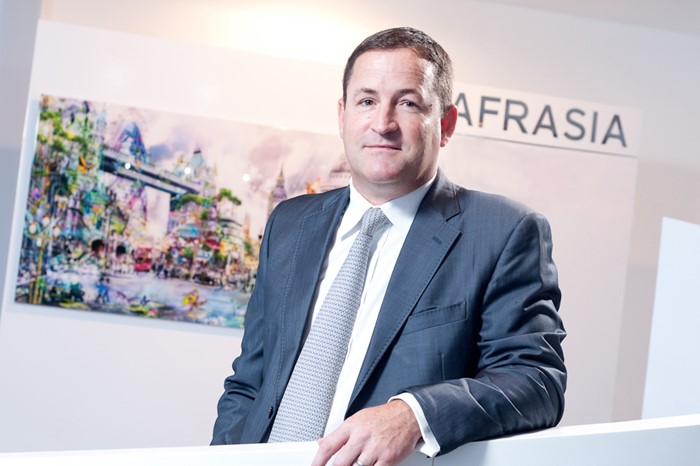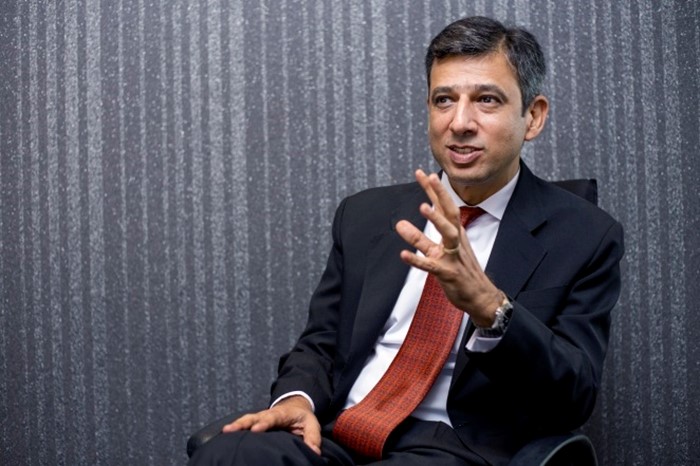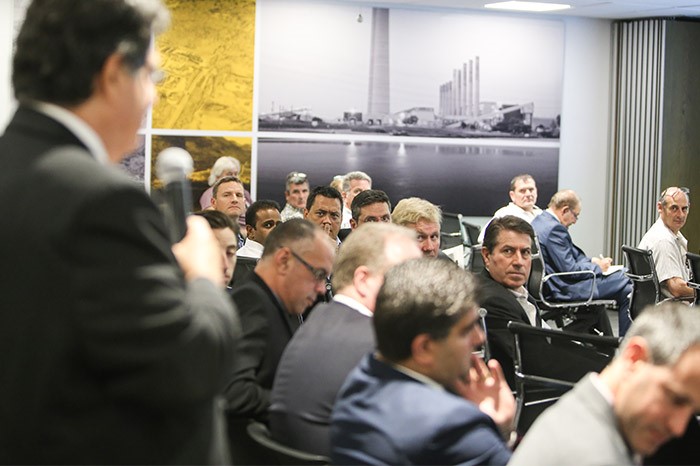
CREATING a successful brand is a challenge in any market. Sometimes the brand name doesn’t carry the same weight in the market, and there’s no assurance that consumers will have the same preferences towards it. Yet, if you do it right, you can start building a strong brand on a shoestring budget and end up creating a unique and ownable space in the market that addresses your audiences’ needs and desires in entirely new ways. In today’s highly competitive and uberconnected age, what mostly differentiates a brand is its ‘authenticity’.
THE 6 FUNDAMENTALS OF BRAND-BUILDING
Building a brand is not just about a combination of symbols, logos and colours. It’s a holistic sum of experiences, consisting of visual, tonal and behavioural components that impact your stakeholders, from your customers to your employees and the community. There are 6 key components which I would like to highlight here:
STEP 1
Develop a clear, powerful brand message and niche content
It’s fundamental to keep in mind that, as a marketer or brand-builder, you don’t need a huge budget to thrive in crafting your key message and ultimately a content strategy. Your approach needs to be rooted in a conviction that you are trusted, agile specialists with deep industry knowledge who understand your audiences and markets. Content, whether branded, thought-leadership, social or emotional, should encompass the watchwords - transparency and authenticity. It should be trusted, persuasive and elicit a powerful yet, relevant connection to your audience. The idea is to strike the right balance when it comes to providing meaningful content that impacts your customers’ lives to generate social and emotional engagement that ultimately relate people to your brand. Building good relationships with the media and leveraging the unleashed power of social media are the ideal channels to push content, especially when you’re an early stage startup on a tight budget.
STEP 2
Build a solid, consistent and recognisable brand identity, scalable in your communications and marketing materials
Think about the top brands you know – Google, Apple, Starbucks. Even if you write them using another colour or font, you’ll still remember the original one. Creating a logo is very important, but using the right combination of font, colours and slogan to create that visual recognition is even more important. Being consistent in using all the visual elements in communications and marketing materials, print and online, is yet another challenge for many, but is a significant part of the brand puzzle to connect to your audience. The idea is not to think of branding as advertising in this case.
STEP 3
Have a consistent user experience across all channels to propel brand innovation
As a brand, your overall strategic and verbal approach is what glue you together and drives who, what you really are. Hence, optimising your channel strategy is a priority. Failing to develop synergies across all marketing channels can destroy the opportunity of value-added offerings to customers. We live and breathe more in an online era, therefore being a good listener in the digital space can effectively help in pushing your brand’s content or messaging to your most relevant audience while creating value-driven experiences. Whether it is paid advertising, social media, mobile applications, AI, or facilitating positive brand experiences through UX and UI, there’s a need to continuously monitor your digital assets to be part of the ‘digital transformation’ age and bring more engagement, innovation as well as personalised communication to enhance the overall brand experience.
STEP 4
Cultivate a differentiated organisational culture, align your brand values and turn your people into brand ambassadors
Many businesses out there still believe that a “brand” is a mere external promise that is not related to the organisational culture, operations or ambition. They could not be more wrong. Your employees are your best advocates, they’re actually your most important brand assets. Educate your people consistently about your brand values, mission, vision, promise and get them involved in the process. From the most experienced oldtimer to the newbie, it is fundamental to co-create the brand with all employees. Putting the right enablers in place is a priority, whether it’s the working environment, systems, processes and technology. For instance, in line with rethinking the organisational culture, many companies are redesigning the workplace with a more meaningful approach, to create an authentic brand expression that go beyond the logo and architecture. From the lobby to the huddle space in the corner, thoughtful branding can fill a space with additional meaning, bringing life to the corporate culture. If you have a culture of people that are disruptive and action-oriented, it is important for your workspace to be both purposeful and intuitive to synchronise a truly immersive brand experience.
STEP 5
Build emotional experiences that match and mirror your brand
Brand experiences are all about brand resonance. Standing out from the crowd with a unique product or service is not always the solution. Brands have to capture their big ideas in more inspiring ways that resonate with their audiences at the right time and place. They have to recognise that consumers are today more emotional and intuitive. They know what they like and who they want to be with. Hence, developing business strategies that connect to your audiences is fundamental, whether it’s through lifestyle, loyalty programmes, experiential activations, thought-leadership conferences, sports, charity events or simply your customer- facing environment. Those initiatives in turn represent platforms through which customers can participate with a business, driving advocacy over time. By making your customers resonate with your brand can only help in creating an emotional story that conveys your message further, and help you build a storytelling-driven brand.
STEP 6
Customer experience and sustainability: the new brand essence
We’ve seen that with the advent of technology, it’s no longer enough to make an excellent product or service. The next-generation brands, ‘Game-changers’, are delivering the experiences that matter, constantly innovating to deliver a long-lasting differentiated interaction with the brand, all with the sustainable mindset at the heart of every brand decision. Sustainability strategy and brand strategy are being created in tandem. Customer promises have to be aligned with organisational practices while sustainability provides the platform for enhancements in operations, innovative products while making a difference in the world to realise our truest selves and give back to the community. All customers want a story to tell, and way to operationalise personalised experiences to ustomer loyalty is by being authentic and sustainableWhether it’s in terms of a customer onboarding process, a customised approach to their needs or service, providing them mobility and connectivity in the digital age, feeding the right knowledge and expertise to them, helping them delivering social promises or even a simple, personalised engagement with them by championing an adaptive organisational culture, can all promote a memorable, meaningful customer experience, especially the emotional kernel. The brand’s essence remains the crucial component to make this happen.
Case study AfrAsia Bank: building a regional banking force
The vision is in the name. AfrAsia Bank was among the first ones to recognise the growth potential of the African lions and Asian Tiger economies. Since the start of its operations, the bank has fully leveraged Mauritius’s strategic advantages to be the reference point for its niche business lines linking Mauritius and the Africa-Asia trade and investment corridor. The customer response to our brand and bank has been outstanding, achieved through an intensely focused business model, organisational culture, digital strategies, public relations, content marketing, meaningful partnerships, speaker events and, above all, a specialized and talented team. All our strategies have been delineated to promote Africa and Asia to the world with Mauritius as an International Financial Centre of choice, while putting AfrAsia’s unique value proposition and expertise forward. When I think about it today, I was very much attracted about joining AfrAsia because it provided me with the opportunity to work for a bank that saw itself as a challenger organisation. There was this relentless desire to build a brand and marketing that was different to the rest of the market and I think we got there. However, we still have a long way to go, and we always have to keep on improving given the evolving landscape of the banking industry in Mauritius and worldwide. Any organisation that wish to be successful needs its people to think about this simple yet profound analogy from Maya Angelou - ‘People will forget about what you said and what you did, but will never forget how you made them feel’. This ultimately connects to three aspects – (i) whether you wish to leave a positive feeling and clearly no brand would aim to trigger any negative feelings; (ii) deep-dive into how sustainable branding redefines the “how” of human relationships, shared values and common purpose; and (iii) happier employees make happier customers, and they are undoubtedly the lifeblood of your brand.

